Solar Guitars is a brand founded by Ola Englund, the guitarist of the death metal band The Haunted. The brand offers a wide range of guitars designed for modern heavy metal guitarists. Recently, we released a video featuring guitarist Takanori Goto, who is active in a variety of music scenes, to introduce the appeal of Solar Guitars.
First, please watch the video!
Takanori Goto is a guitarist who works in various music fields, such as TV drama, anime, and game music. He has contributed to works like The Idolmaster series, Aikatsu!, NieR series, SINoALICE, Ace Combat series, and many more. Despite his extensive work, he humorously notes that he doesn’t have an official website, making his biography somewhat of a mystery.
During a break from the video shoot, I got a chance to hear about how he started playing guitar and some behind-the-scenes stories unique to being a session musician. If you are a fan of Takanori Goto, don’t miss this!
—— What made you start playing the guitar?
I grew up in a family that owned a music store. Both of my parents played instruments, and I originally started with the trumpet. But when I was in middle school, I got into metal music and thought, “I want to do this!” That’s when I picked up the guitar.
—— What artist sparked your interest in metal music?
I used to listen to Japanese music like TM Network and Kome Kome Club, but the band that got me into metal was Seikima-II. Their guitar solos have definitely influenced my current playing style. Recently, I revisited their song “Bad Again - Utsukushiki Hangyaku”, and I realized that this is what I’m aiming for, especially in terms of the solo’s melody lines.
—— Who were your favorite guitarists back then?
Definitely Luke Takamura and Ace from Seikima-II. Also, Nuno Bettencourt from Extreme. I even had Nuno’s signature model back then. After Extreme, I got into the Shrapnel Records scene as well.
—— Thank you. So, what was the most impressive model you tried during this session?
The AB1.7BOP. I think the designer (Ola Englund) has a great sense of style, and it’s a very clean model. I love that the front pickup is a single coil. It’s simple, but it still offers a wide range of sound.
—— You can also coil tap the rear pickup by pulling up the volume pot.
Oh, really? (laughs) There really is a lot of versatility. It’s great that even without knowing about the coil tap, you can still get a good sound. The simple controls are definitely a plus.
Solar Guitars / AB1.7BOP Artist LTD 7-String Guitar
Currently, I don’t own a guitar with 24 frets, two humbuckers, and a locking tremolo. I get a lot of metal music requests in the studio, so I’ve been wanting one.
—— Is the locking tremolo better suited for studio work?
Yes, it offers more range for whammy bar techniques, like cricket picking or harmonic squeals.
—— Does the inability to change tuning quickly become a problem during sessions?
Not really. We usually record one song at a time, so it’s manageable. Even if one track is in drop tuning and the next is in standard tuning, we have enough time to change tuning.
—— So, when a Floyd Rose model arrives, we’d love to shoot a second demo session with you!
Definitely! I’d love to go wild with the trem bar during recording sessions (laughs).
Sometimes I get requests for TV drama music to use the whammy bar to create noise effects, like simulating an explosion. In one track, the entire guitar solo was made up of those kinds of sounds. The demand for a whammy bar is pretty high.
In my case, I mostly work in recording studios, and it’s appreciated when I bring a variety of guitars. Instead of having one guitar that can do it all, I prefer to bring different guitars like a Les Paul, a Strat, and a metal-looking guitar like Solar. That way, the composers can request, “Let’s use that guitar for the next track.”
Also, bringing a Marshall amp head to the recording studio is always appreciated. As a guitarist, you can usually get by with a Kemper or AXE-FX, and they sound great. However, when a large studio is provided, using a compact setup like Kemper can make people wonder, “With all this space, is this guy only going to use this?” That’s why I think it’s important to bring real gear. Among them, Marshall has strong brand recognition, so bringing it along makes people happy.
Additionally, when I say, “I brought a bunch of guitars today!” it not only pleases the people at the session but also leads to future requests like, “Can you bring a lot of guitars next time too?”
When you actually compare them, the sound really varies depending on the guitar. I felt that again during this recording, and even cables can make a difference in sound. It’s important to always have a wide variety of options to keep getting work.
—— Do you think it’s important for a session musician to own specialized guitars, like Solar Guitars, which are focused on metal music?
I think it’s essential. The range of sound is important, so while I do own guitars that can handle a variety of tasks, different guitars naturally produce different sounds. Ideally, I’d like to bring several guitars and switch them out, so I can use the right sound for the right moment.
For example, I might use a Telecaster for arpeggios, but when creating a wall of distortion for a metal sound, I’d use a guitar like Solar. The clients are happy when I bring a variety of guitars.
—— So, do you think guitars with more extreme sound characteristics are necessary?
Yes, I do. It’s not a metal guitar, but I’m currently interested in a Jazzmaster. If I just needed the sound, I could substitute with something else, but I want to have a Jazzmaster. I believe that simply owning a Jazzmaster makes it easier for clients to say, “Let’s go with Goto-san.”
There are many talented studio guitarists, so I try to stand out not only with my playing but also with the variety of equipment I bring (laughs).
■ Demonstrator: Takanori Goto
A guitarist active in a wide range of music fields, including TV drama, anime, and game music.
His main works include The Idolmaster series, Aikatsu!, NieR series, SINoALICE, and Ace Combat series. He has also worked on the development of Ovaltone’s GD-013 distortion pedal and teaches online lessons, among other activities.
Twitter - Twitter - Takanori Goto





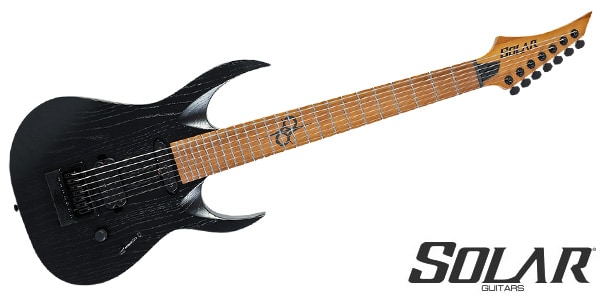


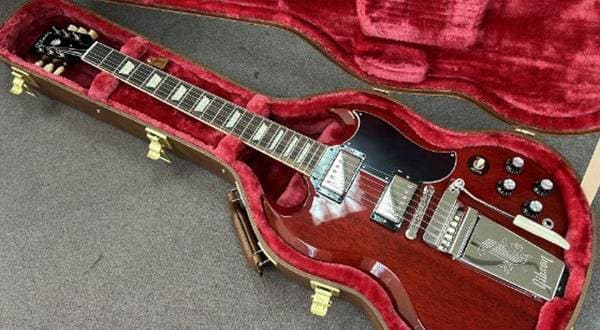
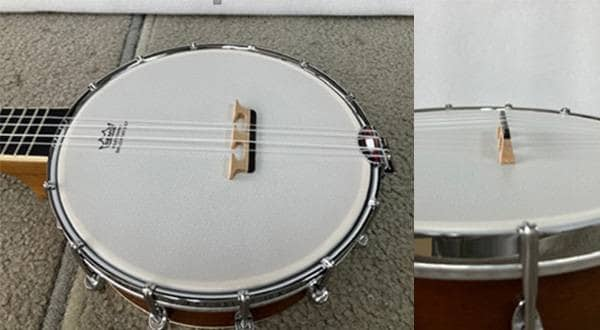
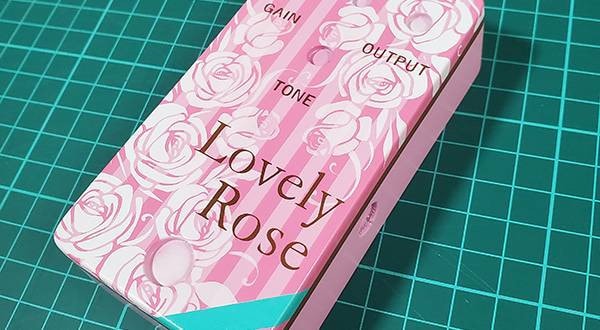
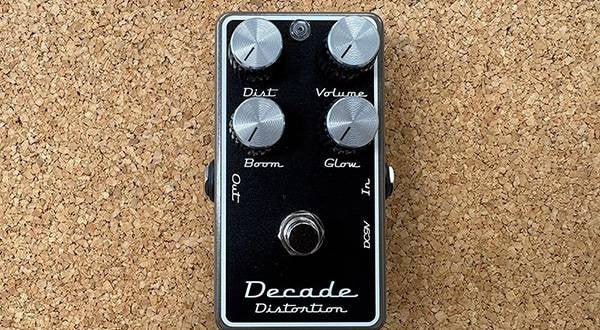
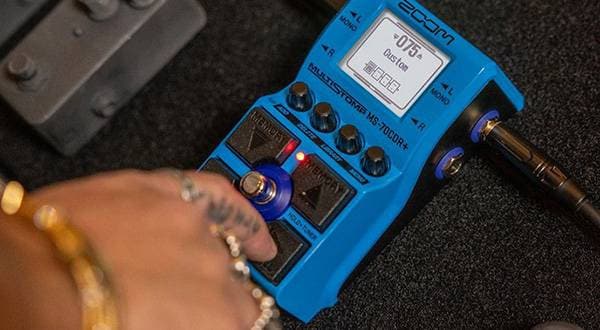
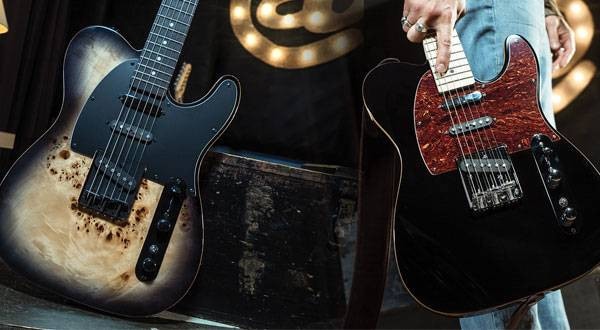
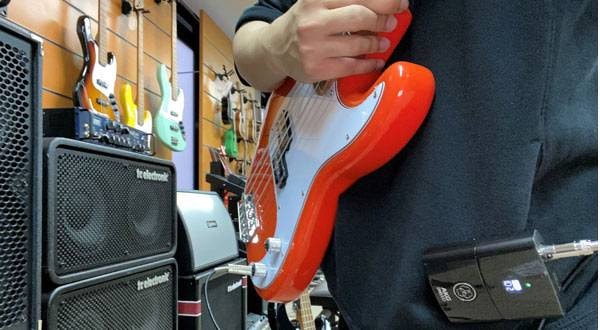
![[Guitar Guide] Fingers Can’t Reach Despite Stretching! Tips and Tricks for When You’ve Got A Minute](/contents/uploads/thumbs/5/2022/3/20220328_5_17266_1.jpg)
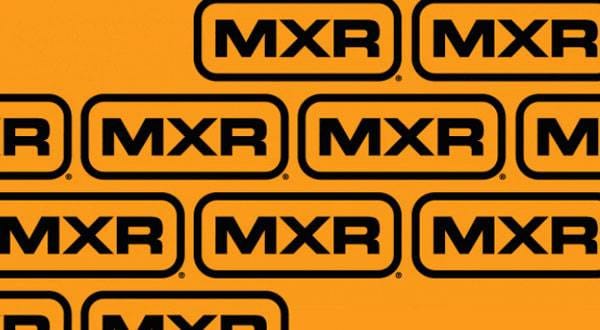
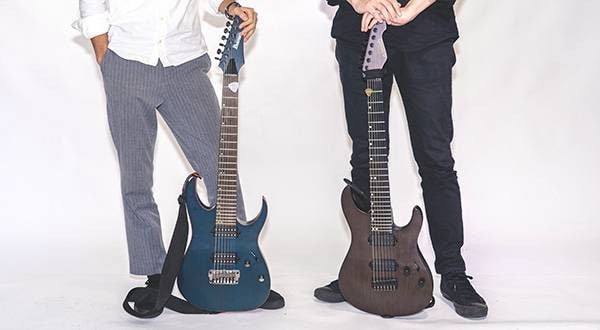

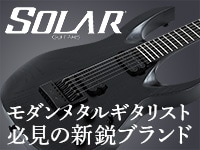 SOLAR GUITARS
SOLAR GUITARS
 QSC パッシブスピーカー Eシリーズ
QSC パッシブスピーカー Eシリーズ
 超オススメのフレーズ道場 ギター
超オススメのフレーズ道場 ギター
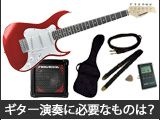 ギター演奏に必要なものは?
ギター演奏に必要なものは?
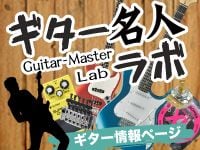 ギター名人ラボ
ギター名人ラボ
 めちゃラク!ギター講座
めちゃラク!ギター講座















